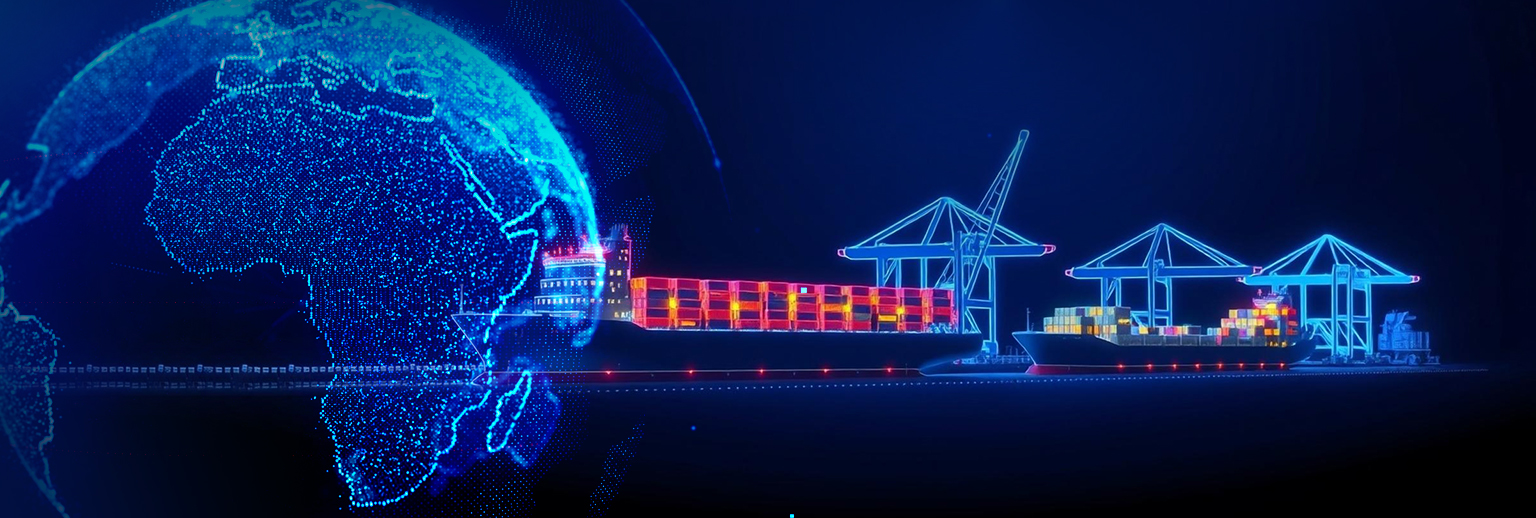
17 Jul Boosting efficiency in Africa: Unlocking higher throughput with Port Community Systems
Africa boasts a remarkable maritime landscape, featuring over 38 coastal countries. Africa’s coastline stretches over 26,000 nautical miles, playing a vital role in the continent’s trade, as 90 per cent of its imports and exports are transported by sea. This expansive maritime domain is a gateway to economic opportunity and presents significant challenges, including maritime security threats like piracy, illegal fishing, and trafficking. Navigating these waters demands vigilance and cooperation to realise Africa’s maritime potential while safeguarding its seas fully. Between 2024 and 2025, Africa’s maritime industry experienced growth and challenges. Maritime transport remains the backbone of global trade, with over 80 per cent of goods traded by volume moving via sea, according to UNCTAD.
Challenges Confronting African Ports
African ports face significant challenges despite a trade recovery in 2021 and 2022. South Africa’s disjointed systems result in an average turnaround time of 20 days, twice as long as more efficient global ports. Collaboration among port authorities and logistics providers is crucial to enhancing operations. Investing $2.5 billion in infrastructure and technology is essential for boosting port capacity and efficiency across the continent.
The Role of PCS in Enhancing Port Efficiency
Port Community Systems enhance communication among stakeholders in port logistics, improving productivity and competitiveness. The World Bank found that ports using PCS can process containers 20 per cent faster. However, about 60 per cent of African ports still struggle with real-time data access.
Historical Perspective on PCS Development
The progression of Port Community System has occurred in four key waves. The first wave (1982-2000) introduced Electronic Data Interchange (EDI) Standardised electronic data exchange was introduced among port stakeholders, replacing traditional paper processes. The second wave (2001-2011) focused on Paperless Trading and document digitisation. The third wave (2012-2017) enhanced e-Customs EU Law, particularly in emerging economies. From 2018 to present, it emphasises the current wave of smart ports and multimodal services, especially in the Americas and Africa.
The Way Forward: Embracing PCS for Competitive Advantage
Integrating a Port Community System offers a solution to the challenges facing African ports. By bringing stakeholders together, port community system enhances control over imports and exports, boosts productivity, and positions ports as attractive logistics hubs. With a significant increase in container ship calls, African nations have a clear opportunity to strengthen their maritime roles.
Conclusion
Implementing a port community system is vital for Africa’s maritime future. By utilising technology and collaboration, African ports can boost efficiency, elevate their global trade positions, and strengthen local economies, all essential for meeting international trade demands and fostering economic growth.
Read more on Port Community System

